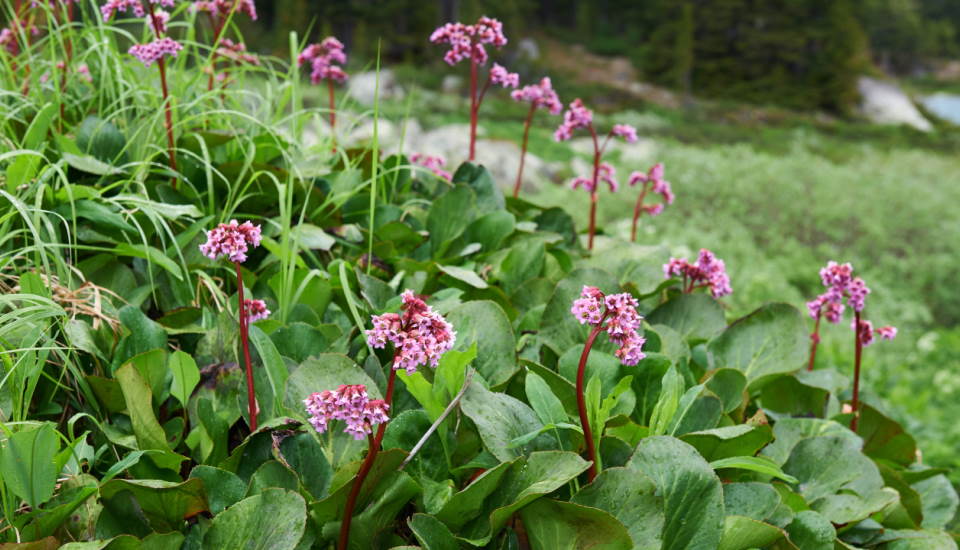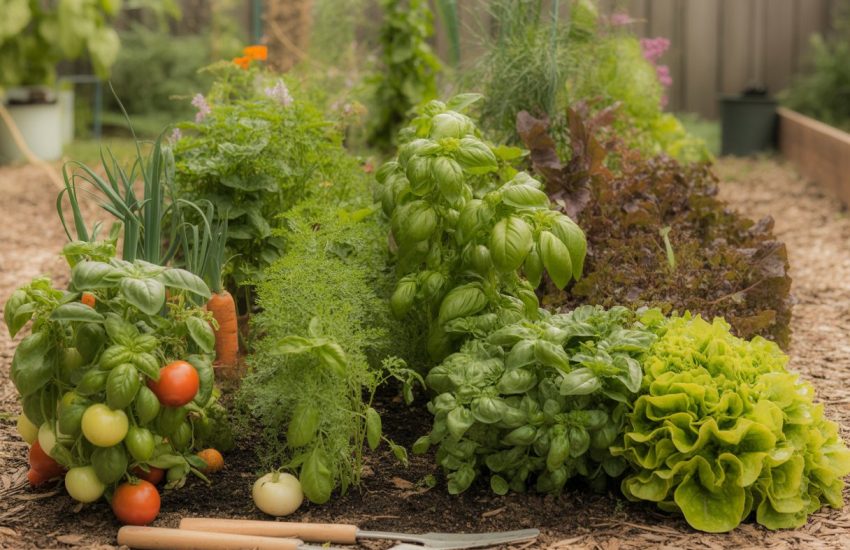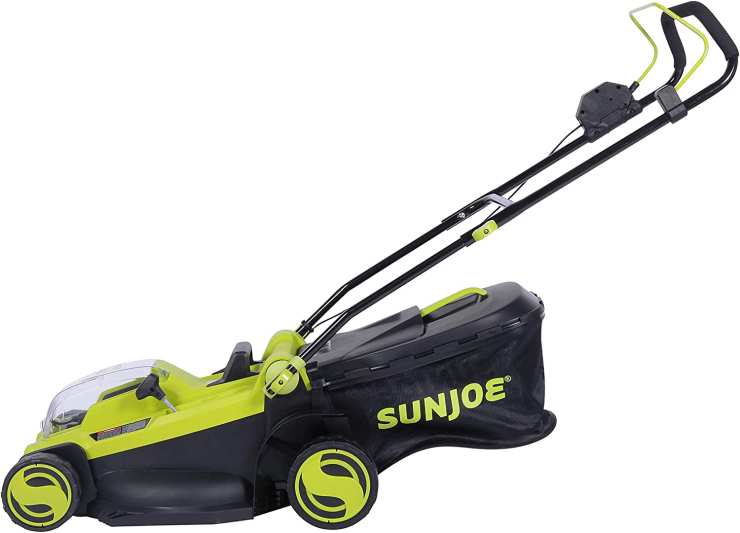Heartleaf Bergenia (Bergenia Cordifolia): How to Grow and Care
If you have a spot in your garden that does not get much daily sunlight and you still want to decorate that spot with a beautiful flower, Heartleaf Bergenia, also known as Bergenia Cordifolia, might be just the flower you are looking for. Bergenia Cordifolia is also known as the pipsqueak it makes when its leaves are rubbed together. This flower could be the right one if you have that shady spot in your garden that no other flower likes. Heartleaf Bergenia also requires very little care as it is a low-maintenance plant.
The Bergenia Cordifolia’s broad, leathery leaves resemble a heart with saw-toothed or curved edges. The leaves will remain a beautiful green for most of the year, but the foliage will turn a gorgeous red or bronze color in colder climates in the fall. They work well as a ground cover, in a rock garden, or as a border plant.
Heartleaf Bergenia is easy to propagate, grow and care for, and they can thrive in various environments.
How to Plant Heartleaf Bergenia (Bergenia Cordifolia)?
You have that perfect shady spot for this flower, and now you want to grow it in your garden. But how? As they are low-maintenance plants, Bergenia Cordifolia will not require much care. You can easily grow them in your garden. Growing Heartleaf Bergenia loves shade, so you should choose a shady corner in your garden that rarely gets full sunlight.
Early in the spring, space them 12 to 18 inches (30-46 cm) apart to fill the space without crowding them. Choose a location with well-drained, wet soil and, if needed, add compost to the bed. Mulch after flowering to maintain strong leaf growth and divide crowded clumps every few years in the spring or autumn.
How to Care for Heartleaf Bergenia?

Heartleaf Bergenia can be grown in USDA Zones 4 through 10 and planted in the spring or early autumn. These plants can survive a wide range of lighting, soil, and moisture conditions, but they prefer sun (with some mild shading from direct sunlight) and moist, rich humus soil.
Because dry soil slows the growth of plants, enough water should be given during dry months. Suppose your Heartleaf Bergenia is growing in full sun in the coldest parts of the country. In that case, they should be lightly mulched to prevent burn.
Mulch Bergenia leaves with well-rotted compost or manure every year in late spring to encourage them to grow as large as possible. Remove tatty leaves regularly and deadhead after flowering to keep plants looking nice. To keep clumps healthy, divide them every few years.
Conclusion
If you are looking for a flower that can fit well in the shady spot in your garden, Heartleaf Bergenia is the right one for you. This flower keeps its good looks throughout the year and requires minimum maintenance. So, you can have these beautiful flowers in your garden with little effort.
You may also be interested in:


